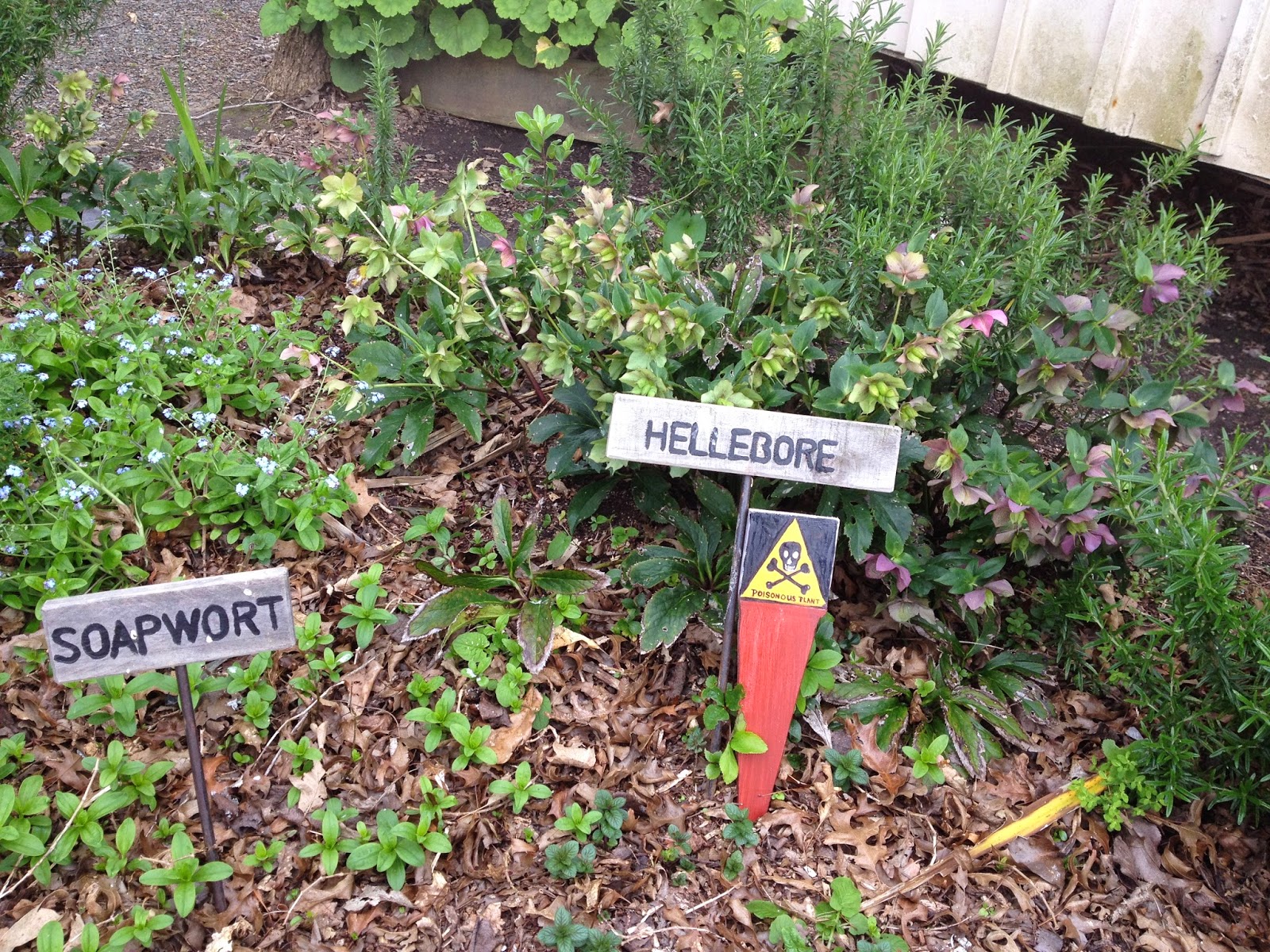The village is a "living history museum" consisting of original colonial buildings as well as replica structures, designed to let visitors experience life in a fencible settlement. Communities like this were made up of retired British soldiers and their families, who arrived between 1847-1854 to protect Auckland from possible attack. They settled not only in Howick, but also in Panmure, Otahuhu, and Onehunga.
Although the focus of the museum is not particularly on food, there are still plenty of food-related points of interest, as you can see below.
Old Kitchens and Dining Rooms
The buildings range from large homesteads to little cottages (to a replica tent), and you can see what the kitchen and dinings areas were like in some of them. They may be lit by electric lights rather than candles these days, but the items in the rooms still paint a fascinating picture of of the past.
 |
| Kitchen gadgets. |
- an egg rack - this looked like a wooden board with round holes
- a knife cleaner - iron knives were used before stainless steel ones were available
- a honey press - the leftover wax was used to make candles
- tin mugs and plates - common in 1860, though slowly replaced by enamel ones from 1840
 |
| Dining room. |
Herb Garden
Lavender is a pretty common plant, and I have heard of lemon balm, chamomile, comfrey, and caraway before, even though I may not know what they look like. The herb garden by one of the cottages had some more exotic specimens as well though:
- angelica
- borage
- clary sage
- hellebore
- foxglove
- soapwort
- tansey
- winter savory
- wormwood
- yarrow
 |
| Small part of herb garden. |
Making Flour
The museum had an exhibit on the production of flour inside John Bycroft's flour mill, which included scythes, hand operated wheat mills, a chaff cutter and peck and bushel measures, along with plenty of information. We learnt that
- wheat was introduced to New Zealand by Captain Cook in 1773
- John Bycroft had a wind driven flourmill in Epsom, until about 1854 when he moved with his brother Joseph to the windmill near Manukau Harbour in Princes Street, Onehunga
- Howick and Pakuranga farmers often took their wheat to Partington's mill in Symonds Street (where the Langham hotel is now), and were given half the flour as payment for the wheat
- flour was often bought for the quality of the flour bag, which made good pinafores, undergarments and items for the household
 |
| Millstone from Partington's. |
Given how long it took for us to drive out to Howick, it must have been an absolutely epic journey for farmers to take their wheat in to town. I also had no idea that Auckland had flour mills in the central city and surrounding suburbs, but suddenly a street named Windmill Road makes a lot more sense.
An exhibit in another building focussed on how butter was made, with butter churns and boxes on display. We learnt that:
- most families had a house cow
- each family had their own wooden stamp design to identify their butter
- milk from different cows and the use of different amounts of salt resulted in different flavours
- this butter could then be sold at the store
In George Sommerville's Cowshed and Creamery (built in the 1860s), we found old milk cans, milking stools, and a cheese press.
There were lots of random facts scattered throughout the museum. It was really interesting walking through the old schools, churches and stores, and I was surprised to find multi-coloured Indian corn was eaten.
 |
| James White's General Store. |
Other nuggets of information included:
- Mason preserving jars were patented in 1858
- charcoal was used in water purifiers to remove cloudiness and bad tastes from well water
- the black Urenika potatoes were brought to New Zealand by Captain Cook. They were grown and sold to the early settlers by Maori
All in all, our visit to the Howick Historical Village was highly informative. Looking at the various old buildings is fun in itself, but if you are interested in history, you can spend a lot of time reading about the lives of the individual occupants and looking at the exhibits in detail too. If you time it right, you could also combine this with checking out the Saturday Howick Village Market.


Looks like a great trip -I love going to museums and historical towns. The herb garden looks super interesting -I've only come across those species in fantasy novels before!
ReplyDeleteI was surprised by all the herbs there too - I wonder if people commonly grew all that back then, or whether it's more of a hobbyist thing. I didn't realise people grew wheat and tobacco in Auckland as well!
DeleteThis place looks interesting! I only just checked out the markets for the first time the other weekend and came home with some great produce for dinner. We were also pretty impressed with the cafes in the not-historical village.
ReplyDelete